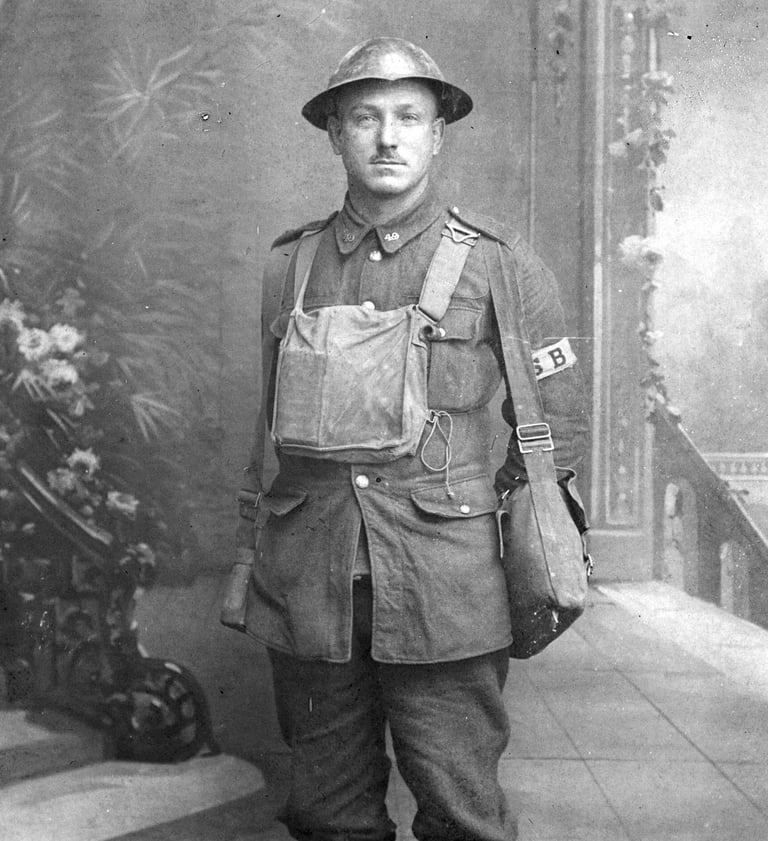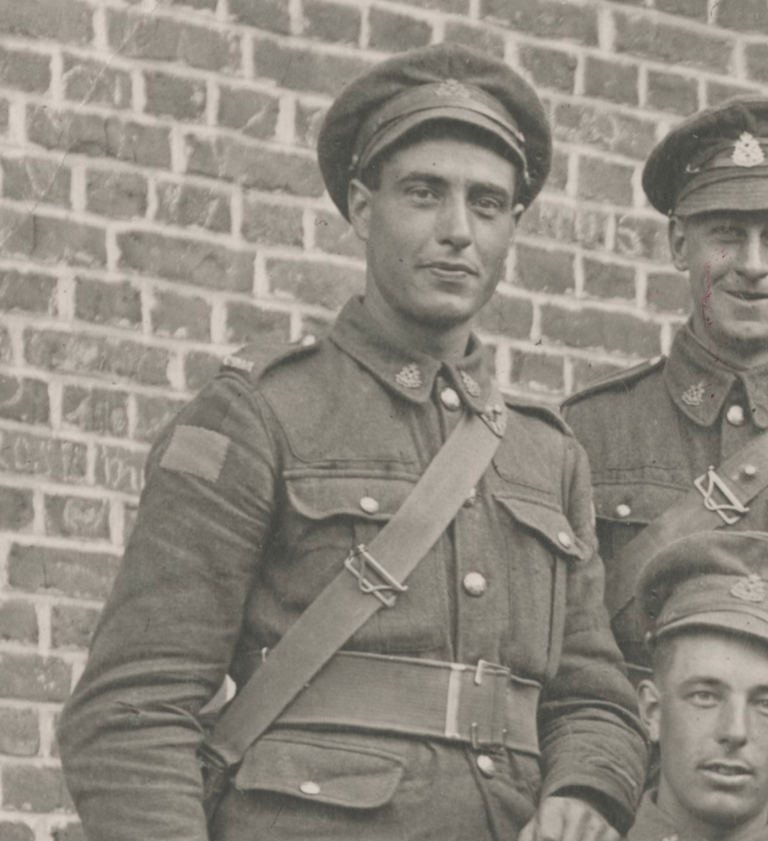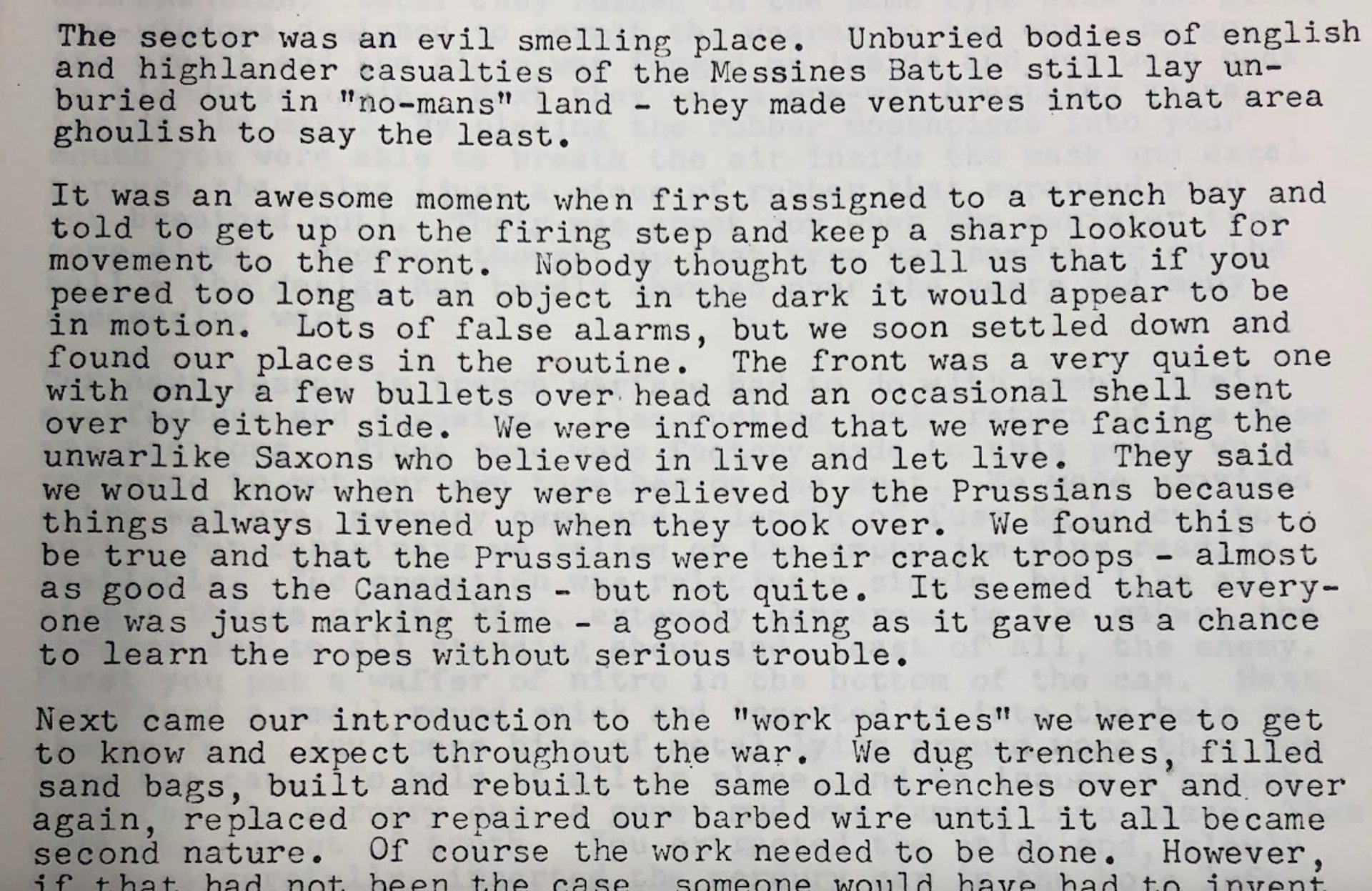
Memoirs
The war in their words
Hubert Orville Palmer
"B" Company & Running Section & 7th Brigade Runners
Hubert Orville Palmer enlisted in March 1915 with his younger brother, Duke. The two brothers served side by side until Duke fell wounded at Regina Trench in October 1916. Orville continued to serve until the end of the war. During his service, he kept detailed diaries which he later amalgamated into one memoir. It is one amongst the most comprehensive accounts of a Fortyniner in the Great War.
Alfred Henry Cantin DCM MM
"C" Company
Alfred Henry Cantin was an American citizen who enlisted in January 1915, aged only 15. He would serve as an NCO in nearly every engagement of the battalion. By the end of the war he was one of the most experienced and decorated members of the battalion. After the war he moved to California and became one of the last surviving members of the 49th Battalion (E.R.).
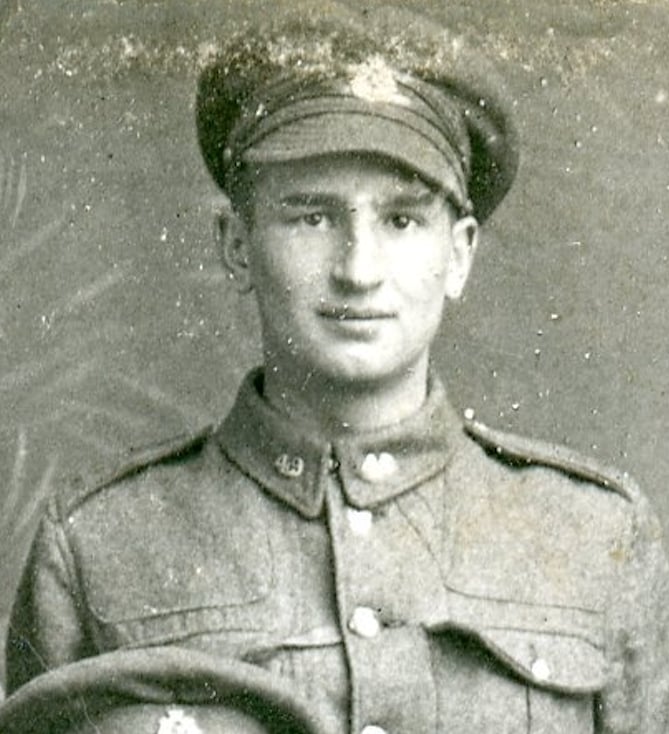

Frank Reginald Hassé
Signal Section & Transport Section
Frank Reginald "Reg" Hassé enlisted with his younger brother in 1915. Tragically, his brother would be killed during a dangerous night patrol in No Mans Land the following year. Reg Hassé continued to serve with the 49th Battalion (E.R.) until war's end. After the war he published his experiences through the Fortyniner magazine.


Henry Botel
"D" Company & Signal Section
Henry Botel joined the 49th Battalion (E.R.) in Flanders days before they first went into the Ypres Salient in March 1916. Affectionately known as "Bo" by all his comrades, he was a staple member of the battalion's signal section. A proud Fortyniner, he remained in touch with his wartime friends through reunions and correspondence until his passing.
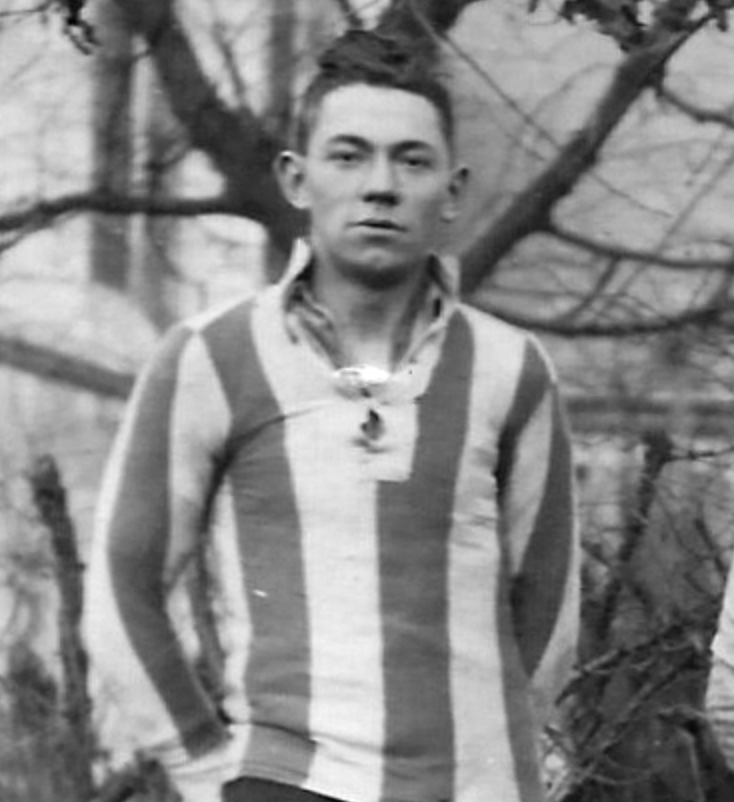

Harvey Daniel Duncan
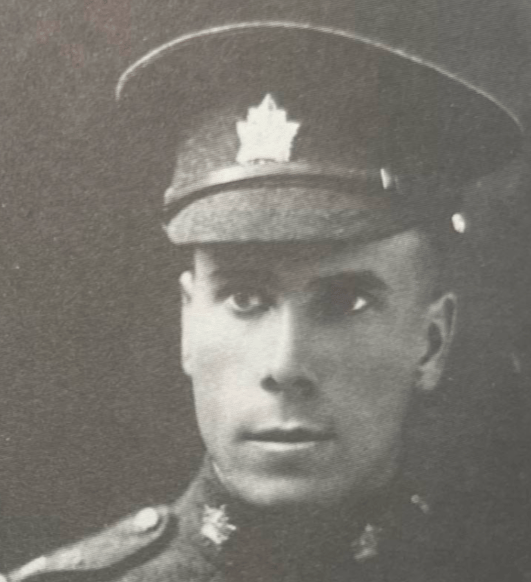

"B" Company
Harvey Daniel Duncan joined the 49th Battalion (E.R.) at Vimy Ridge in the weeks before the main assault that spring. Later that year, Duncan was severely wounded during the battalion's attack at Passchendaele. His recollection of that battle in particular provides a raw and vivid account of the darkest hour for the battalion.
George Alexander Maxwell
"D" Company
George Alexander Maxwell joined the 49th Battalion (E.R.) in early 1918. Fighting along with six friends, Maxwell would be the sole survivor with the rest of the group killed or severely wounded. In 1975, Maxwell published an autobiography recounting in detail his experiences in France in 1918.
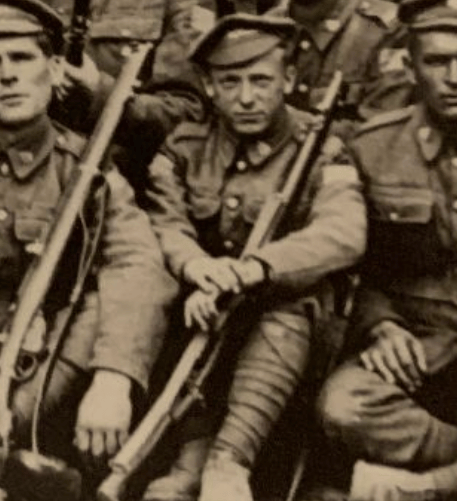

David Athol Barbour DCM MM
"C" Company & 7th Brigade Trench Mortars
David Athol Barbour was a railway man who hailed from Prince Edward Island. Enlisting in 1915, his strength made him a formidable fighting force. In 1916 he served in the brigade trench mortars and narrowly escaped death during a German attack. He later returned to the 49th Battalion (E.R.) and despite numerous wounds and extensive action, survived the war.
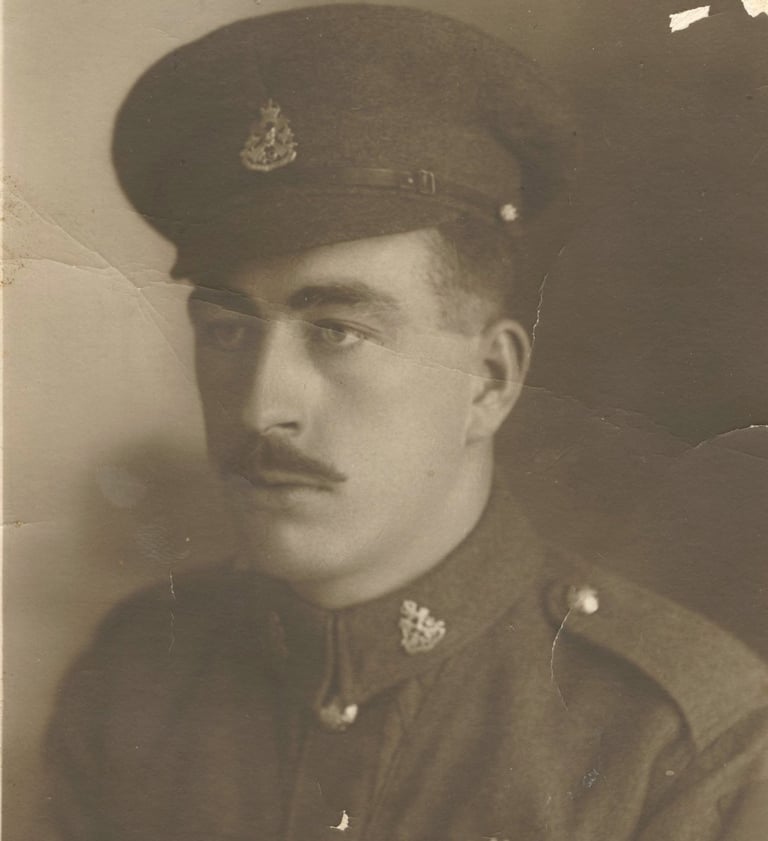

John Alexander Hyde
"C" Company
John Alexander Hyde lied about his age to enlist in 1916. He joined the 49th Battalion (E.R.) in France the following year and was nearly killed during a shell explosion during the Battle of Vimy Ridge. He would be wounded again at Cambrai in 1918. Long after the war, Hyde returned to France for the 60th anniversary of the Battle of Vimy Ridge. He passed away in 1988.

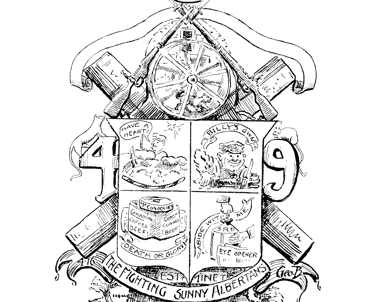
Harry Cluff Wallace
Headquarters
Harry Cluff Wallace was attached to the 49th Battalion (E.R.) in October 1916. Serving through the Battles of Regina Trench and Vimy Ridge, he narrowly escaped death during heavy enemy shelling in late April 1917. During his service overseas as Medical Officer to the 49th Battalion (E.R.), he kept a detailed diary.
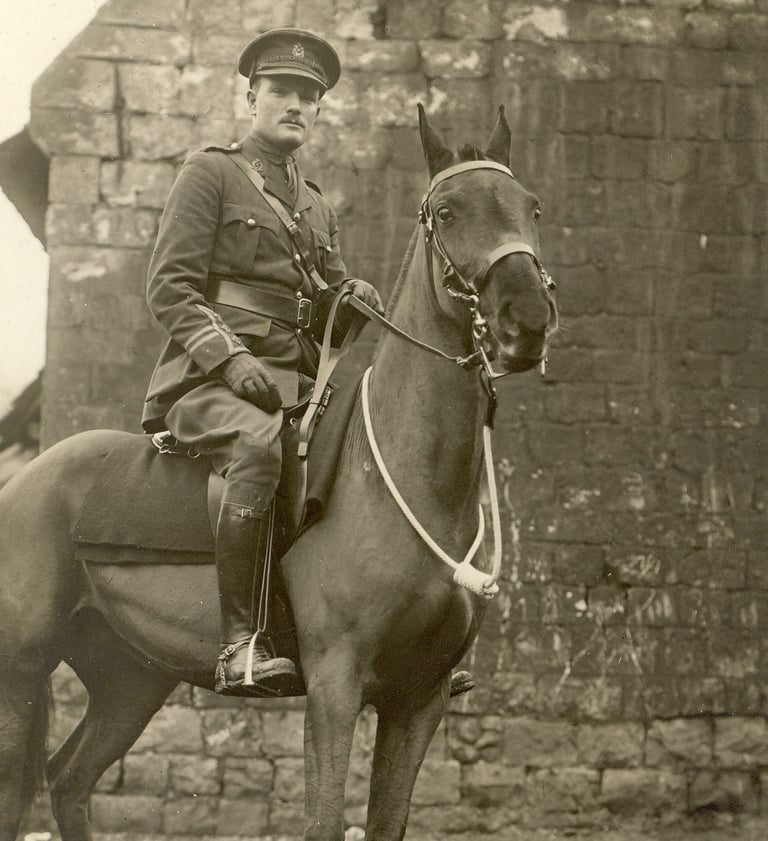

Edward Joseph Heller
"D" Company
Edward Joseph Heller served as a stretcher bearer from 1916 to 1917. Originating from Northern Alberta, Heller participated in the Vimy Christmas truce, the Battle of Vimy Ridge, the Avion Raid and later the Battle of Passchendaele where he was severely wounded.
